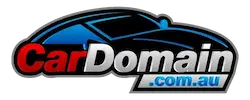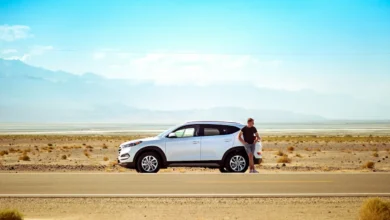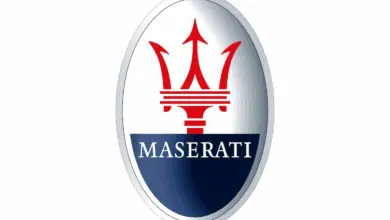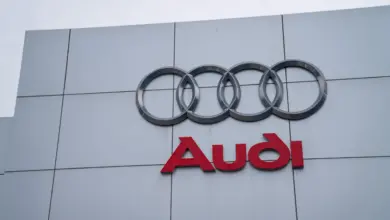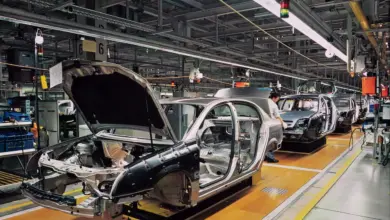History Of Ford Australia
Ford’s History in Australia
The Blue Oval has a long history that began well before the Ford Falcon.
Ford’s local story began in earnest when R.J. Durance, his wife Ivy, and their son R.J. arrived from Canada in Port Melbourne in October 1909 to open a branch in Australia.
They demonstrated Fords to towns in the Australian bush, and they did so with great success. Durance said: “Ford agents were appointed wherever there was smoke coming out of a fireplace”.
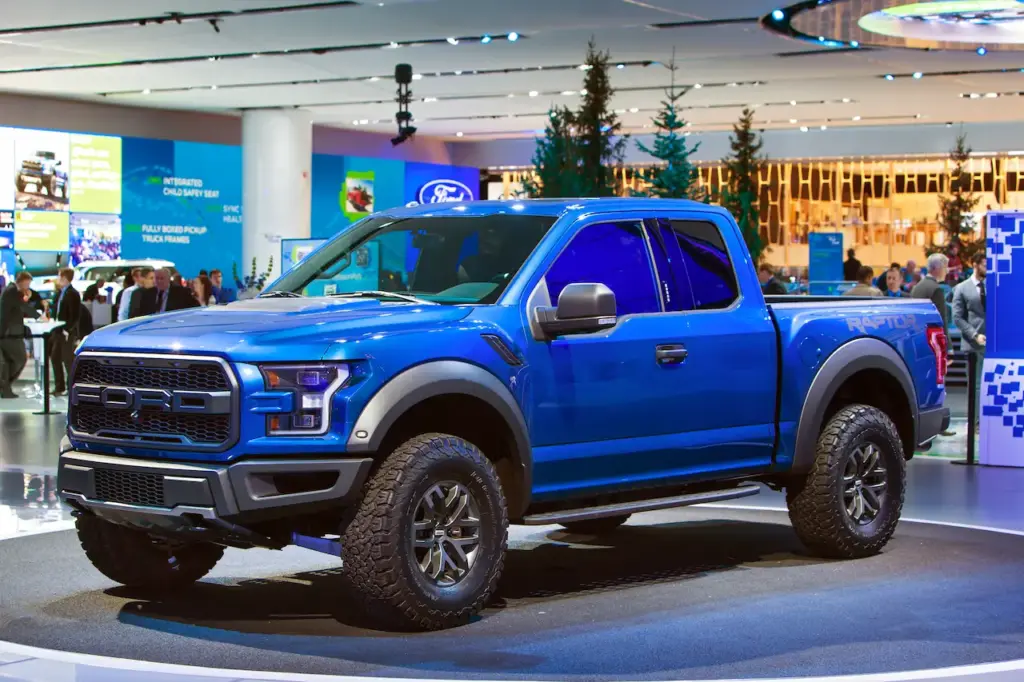
Want to learn about the Ford Ranger? Ford Ranger Review And Road Test
Ford Canada sent Hubert French and Mel Brooks to investigate the unfair practices of Ford distributors.
French recommended a manufacturing plant be established in Tasmania on December 23 but settled for Geelong later. Ed Riley, the local General Motors boss, had already set the price for a Chevrolet to PS235, which was almost PS100 higher than the Ford.
French was appointed managing director in Geelong in 1925. He acquired an old wool shed and on July 25, the first Model T rolled off the assembly line. Sydney (ex-freezing works) and Hobart, (ex-brewery), also had similar arrangements.
In 1925, 12,679 automobiles and trucks were built. In the following year, plants were built in Adelaide and Brisbane.
Ford’s share of the market fell from 69 per cent in January 1925 to 34,7 by the end of the year, a reflection of not only the decay of the corrupt, old distribution system but also the outdatedness of the ‘T.’
Model A, the desperately needed “New Job”, was announced on May 26, 1927. Production in Australia began 14 months later.
In the years 1928-1932, Ford produced 32,387 Model A Fords, but their best market penetration in the first year was only about 20%, compared to 34% for GM. In Fremantle, assembly began in 1930. The Great Depression hit hard.
The Ford V8 was introduced in Australia on August 25, 1932, and the English Model Y 8hp (RAC), which had been developed for economic use, was introduced the following year.
In 1933, a Geelong lady famously wrote Ford asking why they couldn’t make a car that could take her and her husband to church on Sundays and bring the pigs to market on Mondays. Designer Lew Bandt designed the world’s very first coupe utility. It was produced in 1934.
Local engineering capabilities continued to grow and, in 1935, the old turret was replaced with a single-piece steel panel. Local bodies, including the two-door V8 Coupe of 1938, were unique.
Ford opened its assembly plant at Homebush in 1936.
Ford Australia made a significant contribution to the war effort. In 1939, truck payloads reached 4.5 tons. A 4WD truck went into production. Ford produced a wide range of road vehicles, including tractors. Ford built seagoing vessels, including landing craft up to 106 feet in length, cargo boats and workboats.
Winches and water tanks were available. Ford engineers worked in 12-hour shifts for 12 days to produce belly tanks with a capacity of 250 litres. These were used on P47 Thunderbolt aircraft based in New Guinea. The extra range provided by these tanks allowed the P47 Thunderbolt aircraft to take down 200 Japanese planes during a single raid. Aircraft engines were reconditioned.
GM Holden played a crucial role, as well. A tense peace sparked fears of another war which was to become the “Cold War”. In 1945-1946, the Australian government wanted to achieve industrial independence. The full production of cars in Australia was considered essential. Employment and personal mobility were secondary benefits.
GM-H, however, outmaneuvered Ford Australia and launched the Holden 48-215 in November 1948. Hubert French admitted that Ford’s proposal to build a US-style V8 sedan similar to the pre-war model ‘lacked the spectacular’.
The dramatic event occurred in September 1960, when XK Falcons manufactured locally fell into disarray on Australian roads.
Charles (‘Charlie’) Smith was appointed second managing director in 1950 when French retired. Modern overhead lines allowed the complete assembly of the V8 engines.
Fords in the 1950s include English V8 Pilots. The 1950 Custom Twin Spinner. A new 100E Prefect was introduced in 1954. Also, overhead-valve Customline Sedans and Mainline Utility vehicles with Ford-O-Matic optional transmission.
Ford Australia sold 42,968 cars in 1954. New stamping presses were introduced as part of a massive expansion program. Ford products were not robust enough to be sold in Australia. Charlie Smith tried to convince his Canadian managers that local manufacturing was the solution, but he did not succeed until 1954.
Ford Australia bought 162 hectares of land in Broadmeadows in 1956. The Bolte Victorian Government received PS90,000.000 from the head office for rail, water, and sewerage. The original Ford Geelong plant became an engine factory.
The Mark 2 Zephyr was to be redesigned and renamed the Mark 2A for local production. The plant was opened in August 1959, with Zephyrs as well as the Fairlane Ranch Wagon and sedan.
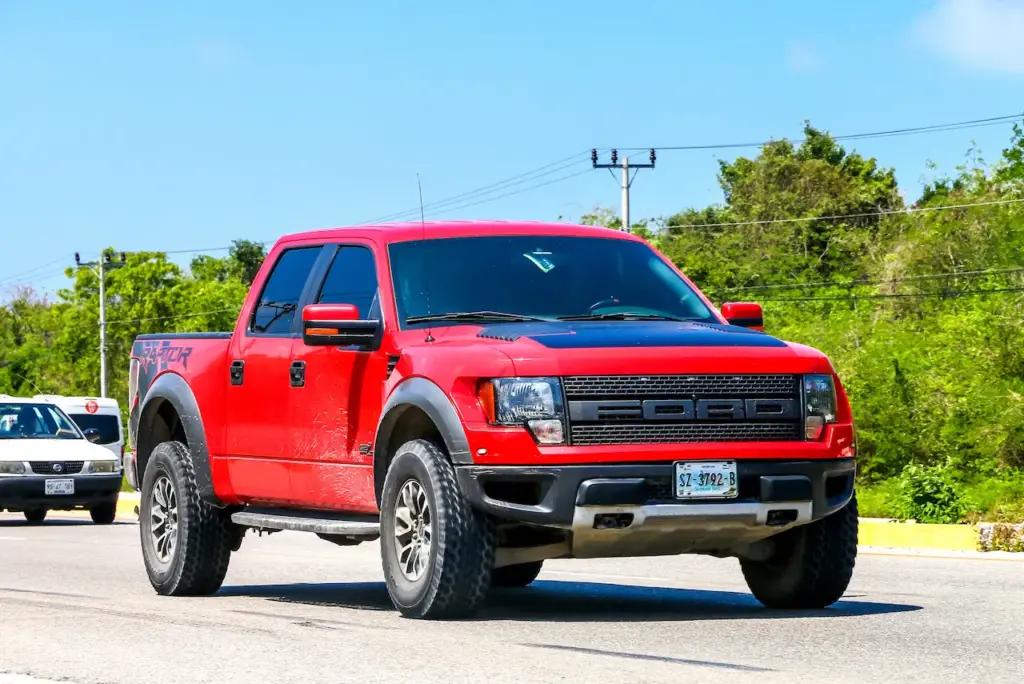
Charlie Smith, along with a group of people from Dearborn, viewed a refurbished Zephyr and did not like it. Smith, who was offered the Falcon in place of Zephyr, sent a historic telegram saying: “Cancel Zephyr”.
Despite claims made by the marketing department, the XK Falcon has never been properly tested in Australia. The car XK suffers the same fate as its predecessors. The ball joints, which were perfect in American conditions, failed regularly.
The damage to the Falcon’s reputation was done. Bill Bourke, Ford’s deputy managing director, ran an XP Falcon Durability Test of 70,000 miles at 70mph over nine days in Ford’s You Yangs proving grounds between April and May 1965.
Bourke, who succeeded Wallace Booth as Ford Australia’s CEO in 1968, brought to the company a marketing genius that helped the company achieve market leadership. In 1963, the market share was 16.9%. In 1968, it was 20.7%.
In Broadmeadows, a truck assembly factory was opened in 1971. Four years later, the first right-hand-drive Louisville appeared on the market.
Ford Australia had already established its design centre. In 1972, an emissions lab was established at the proving grounds and the plastics factory so important to the 1979 XD was announced.
Homebush was upgraded in 1980 to the Laser.
Ford Australia produced its last V8 engines on November 25, 1982, before switching to 4-cylinder engines for the Telstar. Ford sold more cars than Holden in 1982 (139 318 to 139 181). Ford Australia held a market share of 24.5% in 1985.
In 1987, a new painting facility was opened. In response to the Button Plan which was designed to reduce the number of Australian automobile manufacturers, the Nissan Pintara was rebadged into a Corsair two years later. The Falcon ute also received a Nissan badge. ).
Ford Australia’s high-performance division, Holden Special Vehicles, was created in 1992 by a joint venture with Tickford Vehicle Engineering.
The long retreat began two years later with the closure at Homebush, followed by the Brisbane plant in 1998.
Ford Territory was Australia’s only and first homegrown SUV, created in 2004 under the leadership of Geoff Polites.
In 2007, the Geelong stamping factory and R&D centre were opened, and major upgrades to the proving grounds. On May 11, news broke of the death of Fairlanes, LTDs and Falcon wagons.
Ford Australia announced on May 23, 2013, the end of local manufacturing. The last Falcon Ute will be produced in July 2016, and the last Falcon sedans and Territorys will be manufactured until October 7, which is the final day of Ford Manufacturing Downunder.
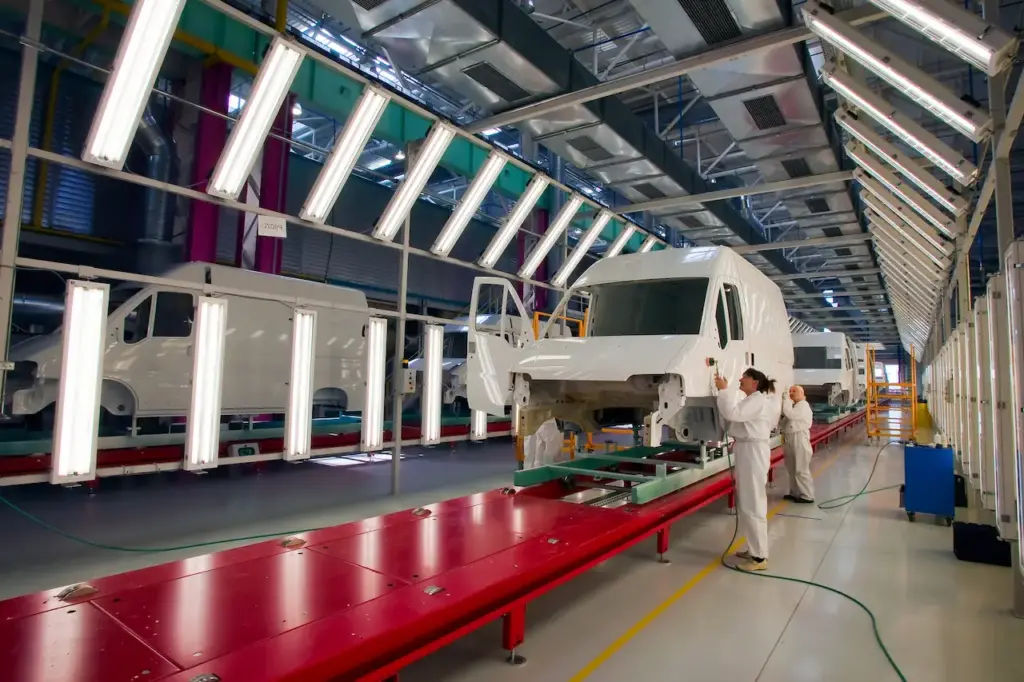
Ford’s History in Australia: Timeline
- 1925 – Ford Motor Company of Australia was incorporated in 1925, combining the distribution of state-based agents. In Geelong in Victoria, the Model T and Fordson tractor manufacturing begins.
- 1926 – Major manufacturing plants are built in Geelong and Brisbane.
- 1929 – Freemantle Assembly Plant opens in Western Australia.
- 1934 – Production of the world’s very first coupe-utility vehicle model, designed by Australian Lew Bandt, begins in 1934.
- 1936 – Homebush Assembly Plant opens in Sydney.
- 1952 – V8 Customline sedan, Mainline utility, and smaller six-cylinder Zephyr are released.
- 1954 – Geelong factory gets a half-million dollar overhaul in 1954 with a new stamping press.
- 1955 – Introduction of the overhead-valve V8 in Customline and Mainline.
- 1958 – Broadmeadows Assembly Plant in outer Melbourne is constructed. Geelong engine plant upgraded.
- 1959 – Broadmeadows Plant opened in August 1959. The first car produced was a Fairlane Tank.
- 1960 – Geelong completed the first six-cylinder Falcon motor on April 29, 1960. Broadmeadows’ production line produces the first fully-built XK Falcon on June 28.
- 1961 – The manufacturing capacity increases from 50,000 vehicles to 90,000. Falcon utility and panel vehicles added to the range.
- 1962 – Launch of the first Cortina and XL Falcon in 1962. Total Falcon production reaches 100,000.
- 1964 – Broadmeadows opened a new $2 million headquarters in 1964. Launch of the new Hardtop two-door XM Falcon.
- 1965 – You Yang’s proving grounds open in Lara, Victoria. The XP Falcon’s toughness is demonstrated by the 70,000-mile Durability Run. XP is named WHEELS’ Car of the Year.
- 1966 – The XR Falcon was released in 1966 with an optional V8 engine. Falcon wins WHEELS’ Car of the Year award for the second consecutive year. Brisbane plant gets $2 million upgrade.
- 1967 – Australia’s first muscle cars – the XR Falcon GT and long-wheelbase ZA Fairlane – were introduced in 1967. XR wins the Bathurst 500. Ford produces one million Australian-built Ford.
- 1969 – XW Falcon introduces the legendary HO (Handling Option Package) for the GT.
- 1970 – Exports of CKD cars (Completely knocked down) reached 30,000 in 1970. Ford releases the XY Falcon as it announces a $45 million expansion. Escort begins production.
- 1971 – All podium places were filled by the XY Falcon GT HO Phase III in 1971. Broadmeadows opens a truck assembly plant.
- 1972 – First Australian Falcon (the XA) and two-door Hardtop designed by Aussies.
- 1974 – Ford Asia-Pacific Regional Office opens in Melbourne.
- 1975 – Ford Louisville truck starts local assembly with right-hand drive.
- 1976 – Announcement of $72 million in investment for new products and facilities.
- 1977 – Plastics plant expanded. Ford wins Bathurst in a famous “one-two” at Ford.
- 1979 – The first mass-produced vehicle with a plastic tank in the world, XD Falcon New Generation.
- 1980 – Alloy Head engine for Falcon included in $300 million investment program. Homebush plant receives $13 million upgrade in preparation for Laser.
- 1981 – Laser, a locally built car, was produced at Homebush in 1981. It becomes an instant best seller.
- 1982 – Ford took over the market from Holden in 1982. XE Falcon was our best-selling vehicle.
- 1983 – Ford discontinues the Falcon V8 after a $70 million investment in Geelong.
- 1984 – Ford’s XF Falcon helped them achieve the top spot for passenger vehicles and overall vehicle sales.
- 1985 – Ford Australia sold a record number of 170,811 vehicles in 1985. Broadmeadows receives a new paint facility.
- 1988 – All-new EA Falcon launched.
- 1989 – Ford leads the market in sales for a ninth consecutive year.
- 1990 – An Australian-designed Capri convertible was exported to the US, badged as Mercury.
- 1991 – Capri exports surpass 30,000.
- 1993 – The ED Falcon was Australia’s most popular car in 1993.
- 1994 – Homebush Assembly Plant in Sydney Closes. Lasers are now imported from Japan. Capri production stops.
- 1995 – The EF Falcon was Australia’s most popular car.
- 1996 – Falcon exports to South Africa resume.
- 1998 – All-new AU Falcon launched. Brisbane assembly plant closes.
- 1999 – Ford Tickford Experience models (FTE) were introduced to compete with Holden Special Vehicles (HSV).
- 2002 – Launch of the BA Falcon in 2002, the first Falcon to be awarded WHEELS Car of the Year since 1966.
- 2003 – Ford Performance Vehicles replaces Ford TTE.
- 2004 – Australia released its first SUV, the Territory. It won the WHEELS Car of the Year award.
- 2005 – BF Falcon released.
- 2008 – Fairlane and LTD production ends in 2008. The new-generation FG Falcon was released in 2008 and sold 31,936 units. Ford announced a $21 million investment in Geelong Engine Plant, stating that 4.0-litre engines inline six would continue to be produced beyond 2010.
- 2011 – FG Falcon sales slip to 18,741.
- 2012 – Launch of the four-cylinder turbocharged Falcon Ecoboost in 2012.
- 2013 – Ford Australia announces that it will stop local production in October 2016.
